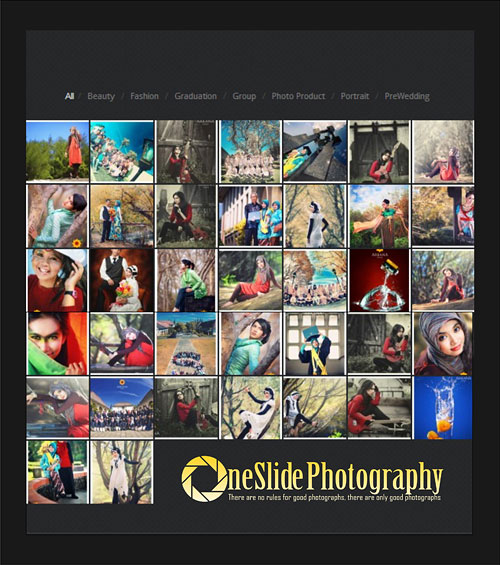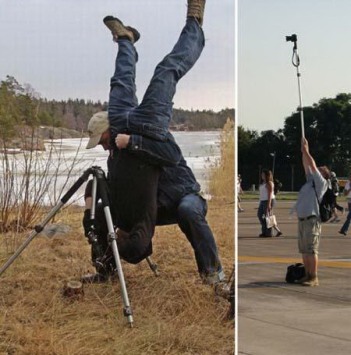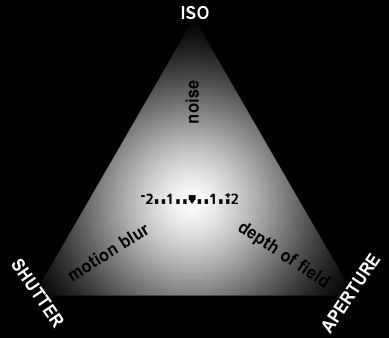
Maybe when you’re planning on applying for a job or received an offer for a certain project, you’ll be asked to send in your personal portfolio of your recent works. And maybe you’re confused as to what would go in such a compilation.
Well, to make it a little bit clearer, a portfolio is basically a compilation of your best works during certain periods of time. Today, it might be true that a portfolio is one of the most important element in landing that perfect job or project offer.
This is especially for those whose education and work experience is closely related to the arts; for instance if you’re a graphic designer, architect, or a photographer. The filed of journalism may also call for a portfolio consisting of your writing and past achievements.
The content of the portfolio can be complied based on the works you’ve created during a work period. Remember that when compiling a portfolio, you shouldn’t get careless because a portfolio has a considerable influence when applying for a job or if you’re offering your services as a freelance artist.
The most important thing you must know is that a portfolio represents you as a brand that you are trying to sell. A portfolio can also convey your real character and talents.
So here it is, 6 tips to making an efficient portfolio:
1. Choose the best work you have that represents your personal taste. For that, you must be highly selective when filtering the work you have. Don’t even include work that you do not have the utmost confidence in.
2. Your work of photography that you choose has to be able to show your specialty. For example, if you’re experienced in the field of fashion, then showcase those fashion photographs instead of still-lifes. If you’re an expert in office interior design photography, then highlight your best work in that field.
3. You can also include a photo description with the date of creation and a little piece of writing explaining your work. This writing may include explanations of what the photo is about and what it represents.
4. Don’t ever include works of other people into your personal portfolio. Only use your own original work. If a potential employer or client ever finds out that the work you showed is plagiarized, this may do irreparable damage to your reputation. You may also be in some trouble with the law with charges of copyright infringement.
5. Use a medium-sized paper format, not too large. Large-sized paper may get wasteful and it will make it difficult for you to present your work. It’s better to use A4-sized paper, even if your portfolio consists of architecture work or fine arts.
6. As a background, you’re free to choose a color that most suit your taste. But so as not to distract from the actual work you are trying to present, it’s best to use a basic color like black or white.
Hopefully this helps! Try and apply these to your portfolio, and all the best with that future job.
















